The automotive industry has long been defined by its reliance on internal combustion engines (ICE) to power vehicles, and for over a century, this model has shaped how cars are designed, built, and sold. However, in recent years, the landscape has begun to shift. The rise of New Energy Vehicles (NEVs)—encompassing electric vehicles (EVs), plug-in hybrids (PHEVs), and hydrogen fuel-cell vehicles (FCVs)—has the potential to revolutionize the automotive market and completely alter its structure. The development of NEVs is not just a trend; it’s a fundamental shift driven by advances in technology, changing consumer preferences, and growing concerns about environmental sustainability.
So, will the rapid development of NEVs disrupt the traditional automotive market? The short answer is yes—NEVs are already having a significant impact, and their influence will only continue to grow. But the deeper question is how this shift will unfold: Will traditional automakers be able to adapt? How will established markets change, and what new opportunities will arise? This article explores the forces driving the shift toward NEVs, the challenges that traditional automakers face, and the implications for the future of the automotive market.
The Rise of New Energy Vehicles
New Energy Vehicles have steadily gained ground over the last decade, moving from niche products to mainstream alternatives. A major driver of this shift is the growing awareness of climate change and environmental concerns. As cities around the world face increasing levels of pollution and carbon emissions, the demand for cleaner, greener transportation options has never been higher.
Electric vehicles (EVs), in particular, have become a focal point of the NEV movement. Companies like Tesla, which has led the charge with groundbreaking electric models, have proven that EVs can offer both performance and sustainability. In addition, governments have stepped in with incentives such as tax breaks, subsidies, and grants to promote the adoption of electric vehicles.
However, NEVs aren’t just a matter of green credentials—they represent an entirely new way of thinking about automotive technology. Advances in battery technology, charging infrastructure, and autonomous driving have all played a crucial role in making NEVs more accessible, reliable, and desirable to consumers.
At the same time, it’s important to recognize that the shift to NEVs isn’t limited to just passenger cars. The commercial vehicle sector is also undergoing a transformation, with electric buses, trucks, and vans becoming more common in cities worldwide. Companies like Rivian, Nikola, and Arrival are leading the charge in the electric commercial vehicle market, signaling that NEVs will soon dominate across all transportation sectors.
Technological Advancements: The Driving Force Behind the NEV Boom
The rapid growth of NEVs wouldn’t be possible without significant advancements in technology, particularly in battery development and charging infrastructure. Battery technology, which was once a major barrier to widespread EV adoption due to issues like limited range and long charging times, has seen dramatic improvements in recent years. The development of more efficient lithium-ion batteries, alongside the promise of next-gen solid-state batteries, has enabled EVs to achieve longer driving ranges and faster charging times.
On top of that, the expansion of charging networks around the world has made it easier for drivers to charge their vehicles, alleviating “range anxiety”—the fear that an electric vehicle will run out of battery power before reaching the next charging station. In major markets like Europe, China, and the U.S., governments and private companies have invested heavily in building out charging infrastructure, which has made EV ownership more convenient than ever.
But the technological innovations don’t stop at the battery. The future of transportation is increasingly tied to autonomous driving, and NEVs are at the forefront of this revolution. EVs are ideally suited to incorporate self-driving technologies because they are more easily integrated with digital systems. Companies like Tesla, Waymo, and others are pushing the boundaries of what autonomous driving can achieve, and many experts believe that fully self-driving cars could be a common sight on the roads within the next decade.
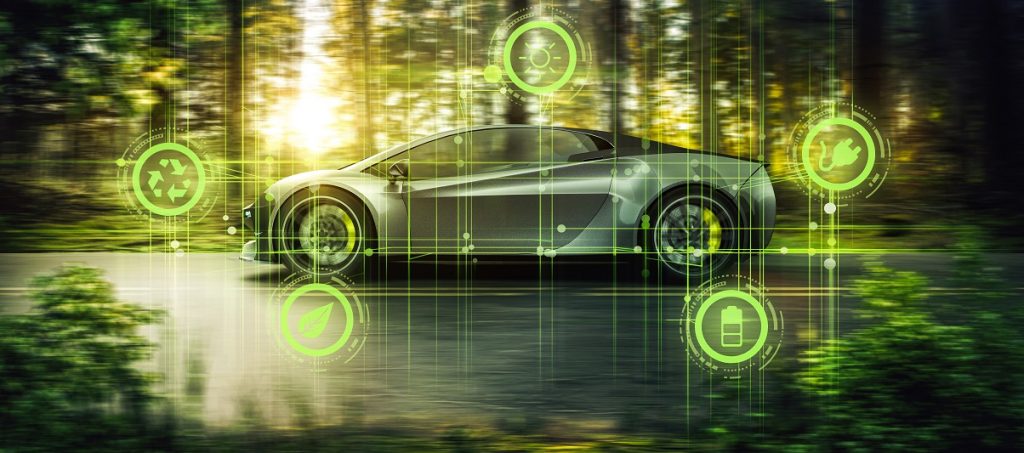
Environmental Impact: A New Era of Sustainable Mobility
One of the key motivations behind the push for NEVs is the need to reduce the environmental impact of traditional transportation. The automotive industry is one of the largest contributors to global carbon emissions, with ICE vehicles being the primary source of pollution. The transition to NEVs is seen as one of the most effective ways to combat climate change and reduce air pollution, particularly in urban areas.
Electric vehicles, in particular, produce zero tailpipe emissions, making them a cleaner alternative to gasoline and diesel-powered cars. When powered by renewable energy sources such as wind or solar power, EVs offer a truly sustainable mode of transportation that can help meet global climate targets.
However, it’s important to note that the environmental benefits of NEVs are not without their challenges. The production of batteries, for example, involves the extraction of raw materials like lithium, cobalt, and nickel, which can have negative environmental and human rights implications. Additionally, while EVs themselves produce no emissions, the source of the electricity used to charge them can vary—if the electricity comes from coal or other fossil fuels, the overall environmental benefits are reduced.
Nonetheless, the shift to NEVs is an essential step toward achieving a more sustainable transportation system. With the development of cleaner energy grids and improved recycling methods for batteries, NEVs will continue to become a more environmentally friendly option.
Economic Disruption: The Changing Landscape of the Automotive Industry
The rise of NEVs is not only changing the way we think about transportation; it is also disrupting the traditional automotive market. The growth of electric vehicles has created new opportunities for automakers, suppliers, and tech companies, while also posing challenges to those that rely on the old internal combustion engine model.
For traditional automakers, the shift to NEVs represents both an opportunity and a challenge. On the one hand, it opens up new revenue streams and allows companies to tap into the growing demand for sustainable mobility. On the other hand, transitioning from ICE to electric vehicles requires substantial investment in research and development, new manufacturing processes, and new business models.
Many legacy automakers, like General Motors, Volkswagen, and Ford, have already committed to electrifying their vehicle fleets in the coming decades. However, this transition is not without difficulties. Traditional automakers must overcome significant hurdles in terms of retooling factories, retraining employees, and adapting to new consumer demands.
In addition, the rise of NEVs has led to the emergence of new competitors. Companies like Tesla, Rivian, and Lucid Motors have gained significant market share by focusing exclusively on electric vehicles. These newcomers are not burdened by the legacy infrastructure of traditional car manufacturers, allowing them to innovate more quickly and appeal to environmentally-conscious consumers.
Meanwhile, tech companies like Google, Apple, and Amazon are increasingly looking to enter the automotive space, with many of them focusing on autonomous driving technology and electric vehicles. The competition is intensifying, and the automotive industry is being reshaped as never before.
The Future: A Market Transformed
So, where is the automotive market heading? Will traditional automakers continue to dominate, or will the rise of NEVs lead to a fundamental shift in the industry?
The future of the automotive market is likely to be defined by a combination of both traditional players and new entrants. While legacy automakers will continue to play a crucial role, their success will depend on how effectively they can pivot to electric and autonomous vehicles. At the same time, new companies that are born in the era of NEVs, like Tesla, will likely continue to grow and lead the way in innovation.
Furthermore, the integration of electric vehicles with other technological trends, such as shared mobility and smart cities, will likely transform how we think about transportation altogether. Shared mobility services, such as ride-hailing and car-sharing, could reduce the need for individual car ownership, while smart city initiatives could make it easier to navigate urban areas with NEVs.
In the end, the development of NEVs is not just about replacing gasoline-powered cars—it’s about reimagining what transportation can be. The rapid growth of NEVs will undoubtedly change the structure of the traditional automotive market, but it will also pave the way for a new era of mobility that is cleaner, smarter, and more sustainable.


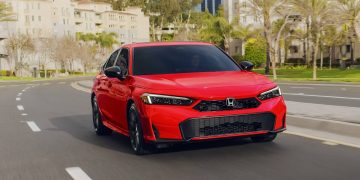
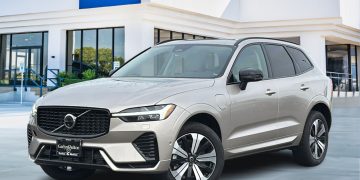
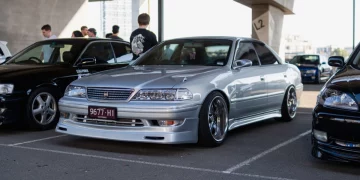

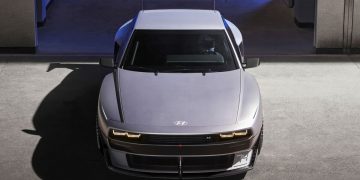




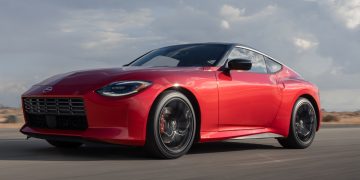


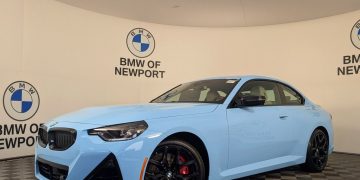



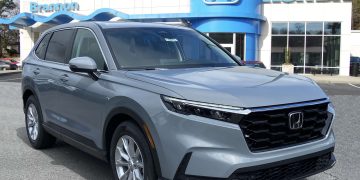

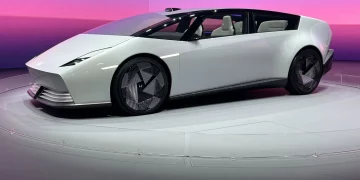
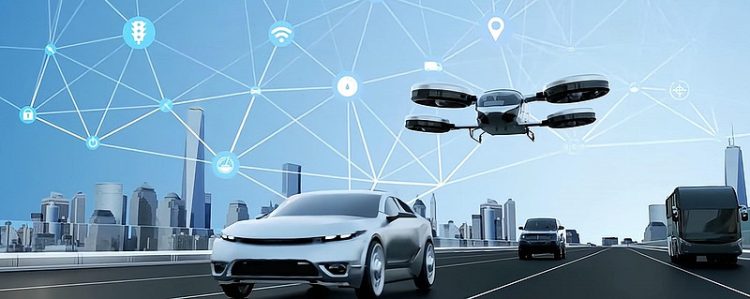












Discussion about this post